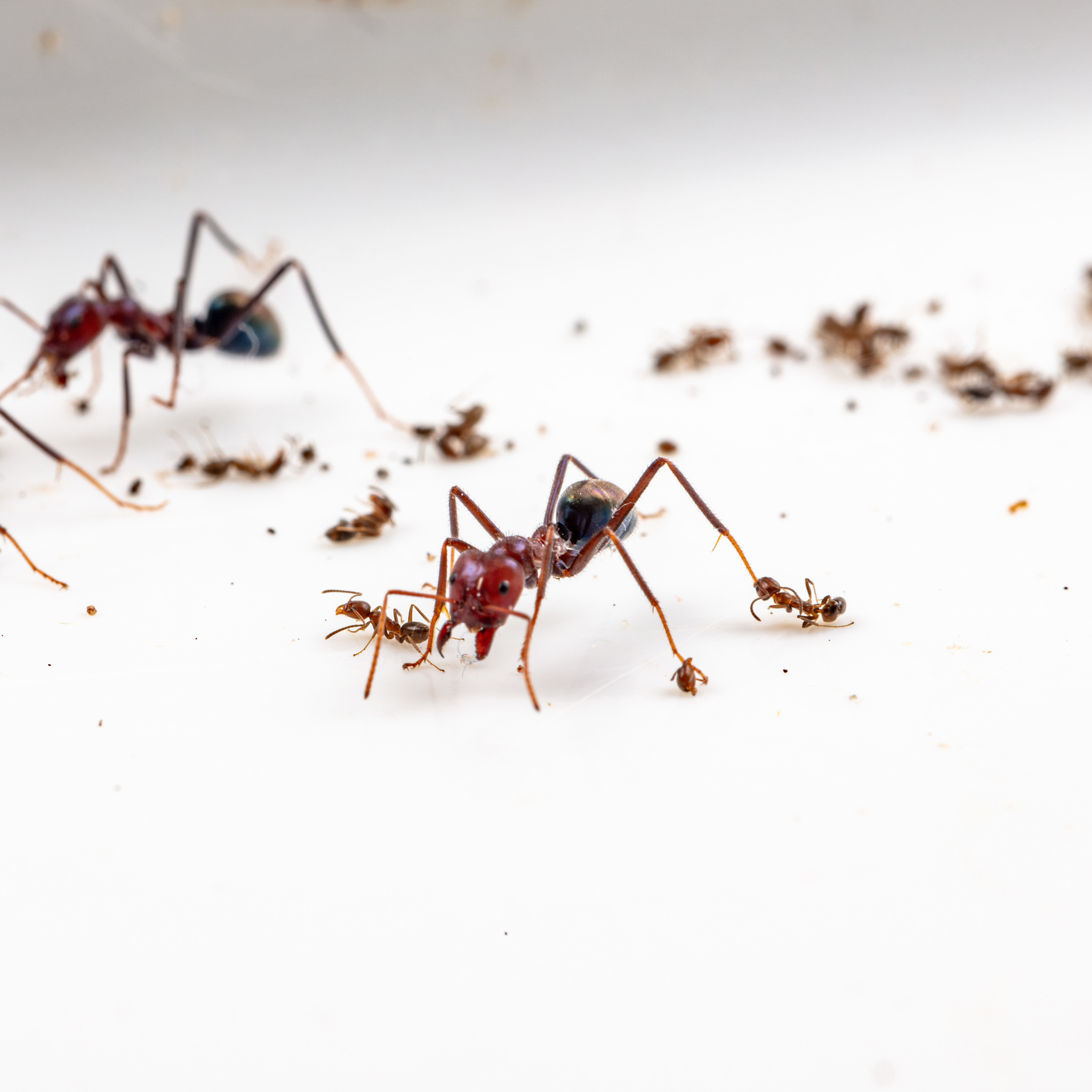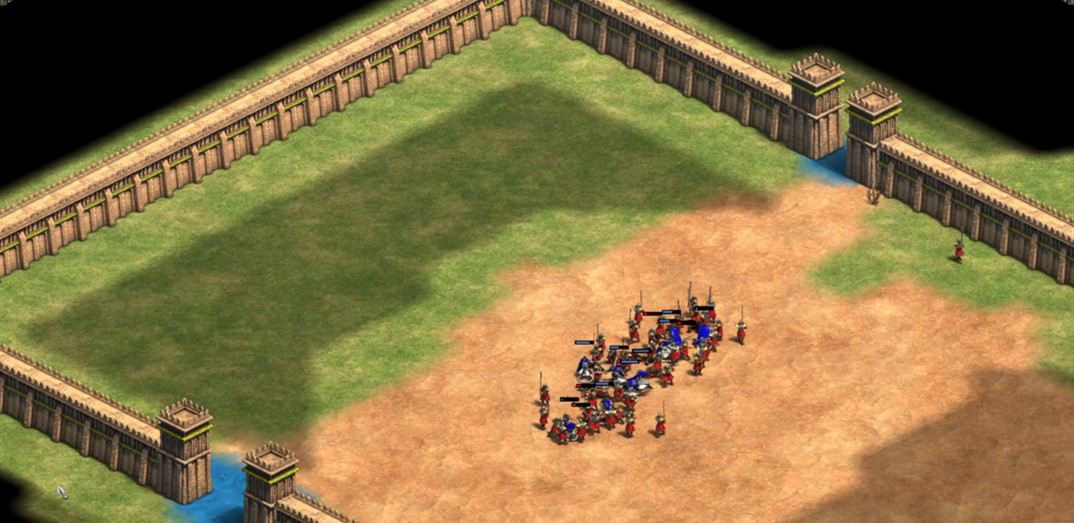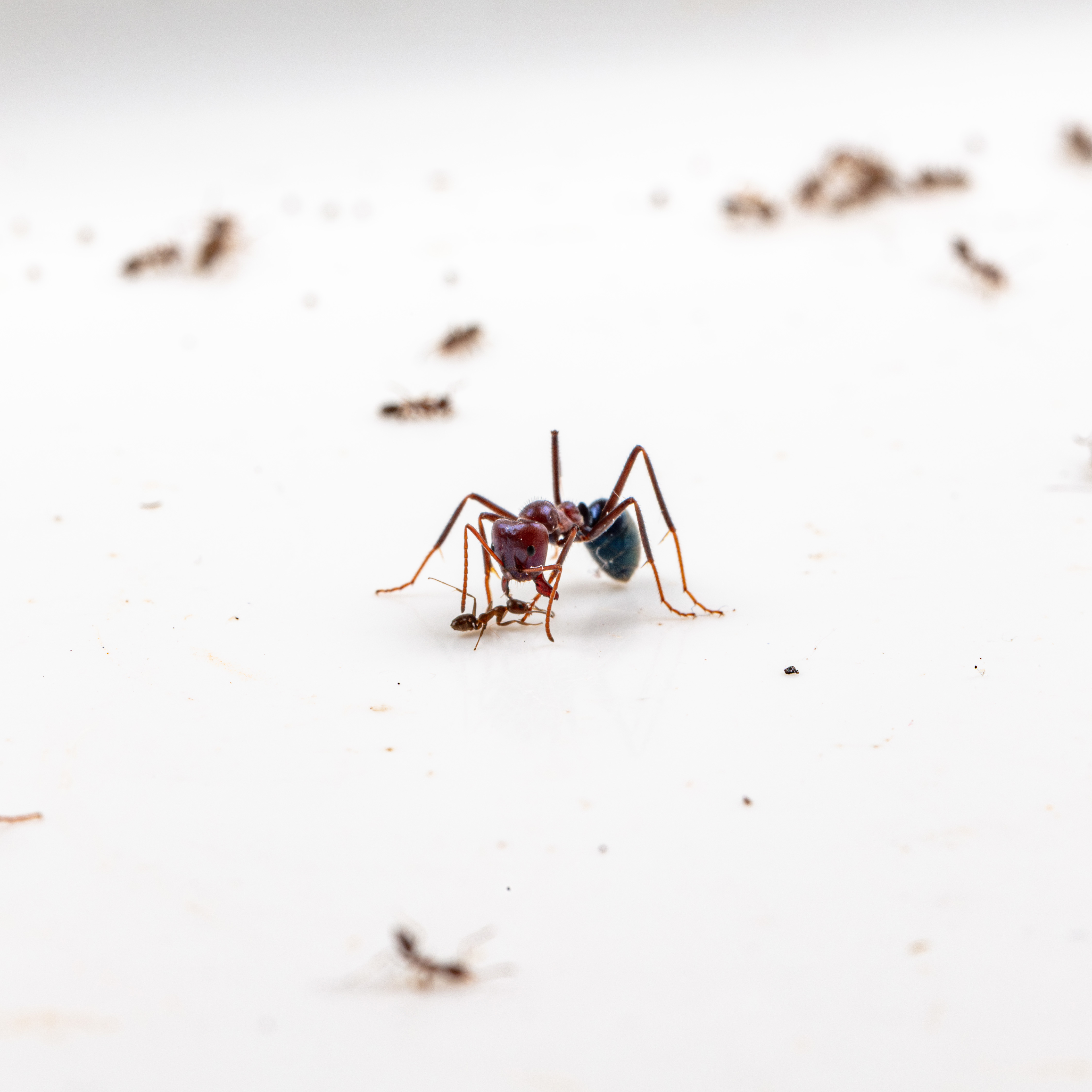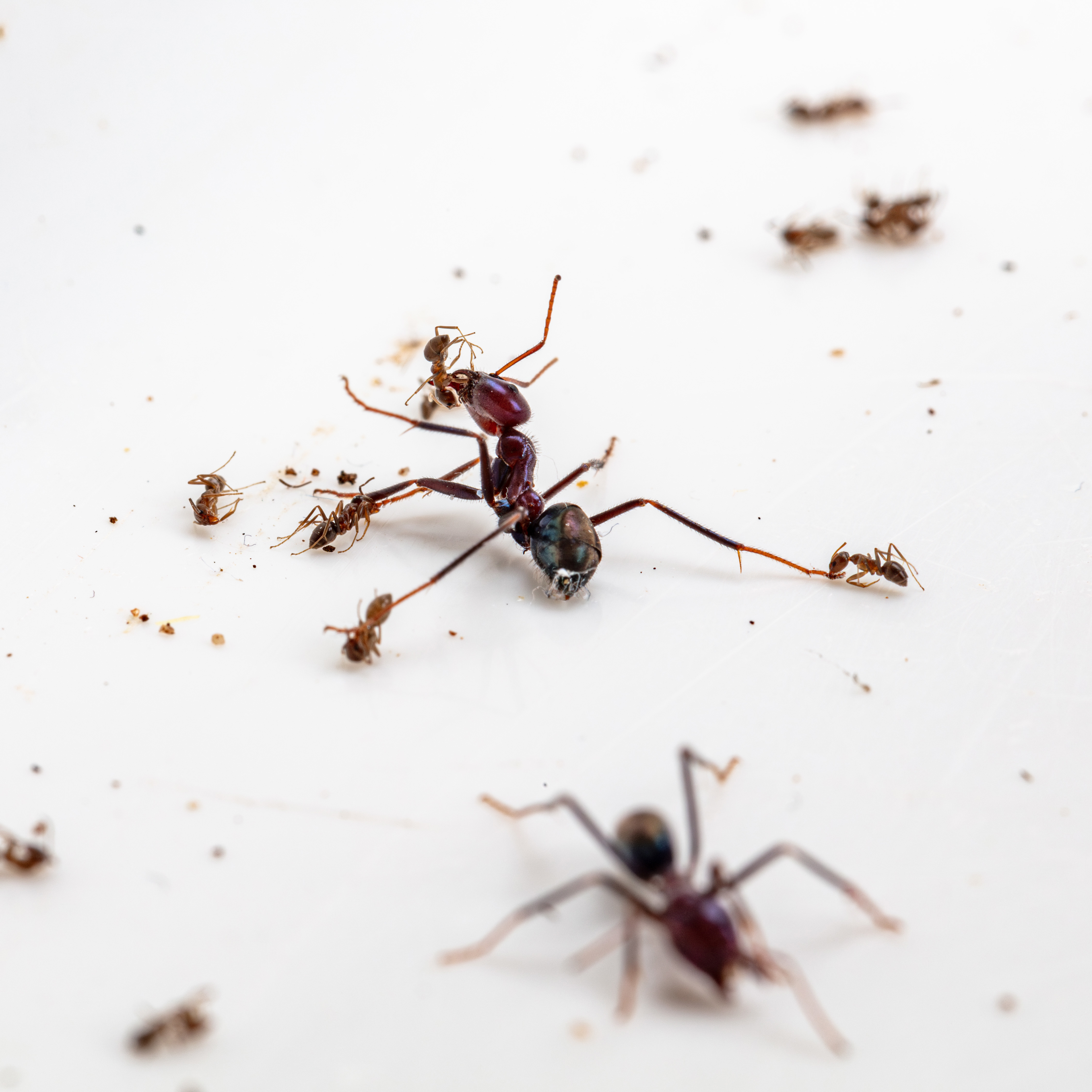Ants are one of the few species of animal capable of waging warfare, and new research has revealed Australian species' strengths and weaknesses compared to aggressive invaders.
Dr Samuel Lymbery, who undertook this work as a Forrest Prospect Fellow with The University of Western Australia and CSIRO used mathematical models on video game simulations, garnered from Age of Empires II, to study how victories were won in the insect world.
These concepts were then confirmed by observing real-world battles between Australian meat ants, a native species, and smaller Argentine ants, a notorious pest.
READ MORE: Magnitude 7.0 earthquake rocks Indonesia

"What we found from virtual gaming and then real-life ant battles was that mortality in the small armies of Australian meat ants facing off with large armies of non-native Argentine ants was lower in complex arenas and higher in simple arenas," Lymbery said.
"So, just like for humans, and in computer games, the outcome of ant-wars depends on the nature of the battlefield."
CSIRO scientist and Professor of Ecology in the School of Animal Biology at UWA, Dr Raphael Didham, said social insects such as ants were one of the few species to engage in warfare on the same scale as humans.
READ MORE: Son stolen at birth hugs mum for first time in 42 years

The native meat ants were larger, stronger and unbeaten in one-on-one fights.
"These large and beautiful ants are dominant in undisturbed bushland across regional Australia and construct gravelly nests," Didham said.
"As their enemies, we selected the notoriously invasive Argentine ant, Linepithema humile.
"These aggressive ants have been introduced to Australia and are comparatively tiny, but live in extremely large, hyper-cooperative colonies."
READ MORE: Industries where salaries are rising fastest revealed

This is where the battlefield becomes important.
On open, uncluttered ground, Australian meat ants are usually defeated because they can be surrounded by the more numerous foe.
But when fighting on a smaller front, such as in tunnels or a more cluttered battlefield, the meat ants have the advantage.
READ MORE: Identities of US Marine crash victims revealed

The CSIRO's Dr Bruce Webber said the research could have practical application for non-native invasive ant management.
"Non-native invasive ants are some of the worst pests on the planet, costing the global economy tens of billions of dollars per year," Webber said.
Webber said that adding natural debris or "other such structures" to areas where both kinds of ants co-existed, could tip the balance in favour of the native species.
Lymbery agreed.
"When fighting in tunnels, alleyways, or difficult terrain, it is harder for large armies to surround their opponents, so small forces of strong or savvy soldiers can sometimes succeed," he said.
